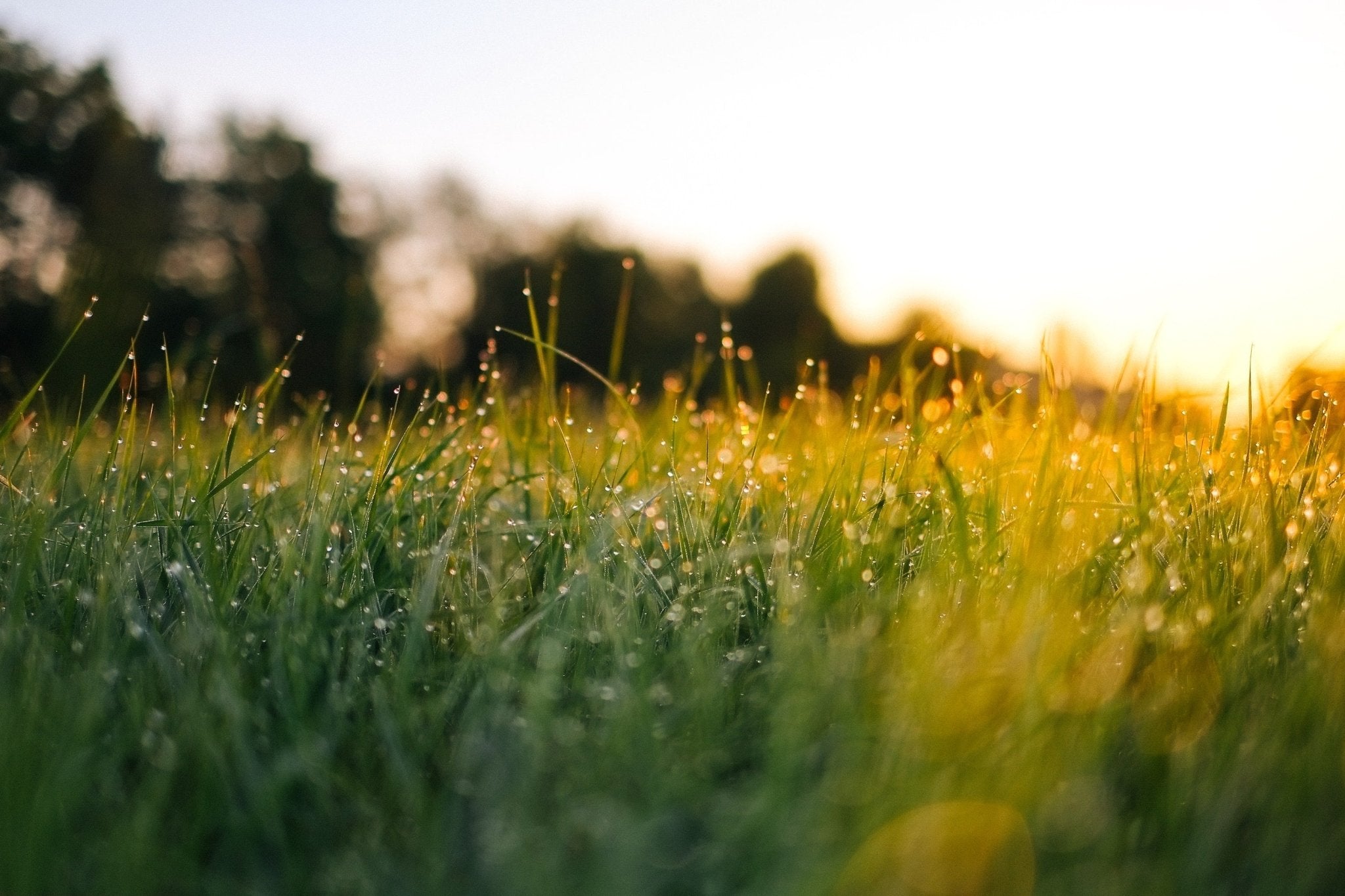Static grass is a fascinating and essential component in the world of model landscaping, offering a realistic and detailed representation of natural grass. It's a favourite among model railway enthusiasts, diorama makers, and wargaming hobbyists. This guide delves into the world of static grass, exploring its characteristics, uses, and tips for creating stunning miniature landscapes.
What is Static Grass?
Static grass consists of fine fibres that, when applied to a model landscape, stand upright to mimic the appearance of real grass. These fibres are typically made from nylon or rayon and come in various lengths, colours, and textures. The 'static' aspect is derived from the method of application, where an electric charge causes the fibres to stand erect, resembling natural grass.
Types of Static Grass
Length Variations
- Short Fibres (1-2mm): Ideal for representing freshly mown lawns or low-lying vegetation.
- Medium Fibres (3-6mm): Perfect for general grassy areas and fields.
- Long Fibres (6mm and above): Used for tall grasses, meadows, and overgrown areas.
Colour Variations
- Bright Greens: Representing vibrant, healthy grass.
- Dull Greens: For depicting worn or trodden paths.
- Browns and Yellows: To simulate dead or dying grass.
Application of Static Grass
Tools Required
- Static Grass Applicator: A device that electrically charges the grass fibres.
- Adhesive: A glue or special static grass glue to hold the fibres in place.
- Tweezers and Scissors: For precise placement and trimming.
Application Process
- Prepare the Surface: Ensure the area is clean and apply adhesive where the grass is needed.
- Load the Applicator: Fill the applicator with static grass fibres.
- Apply the Grass: Hold the applicator above the area and release the fibres. The static charge will make them stand upright.
- Adjust and Trim: Use tweezers for adjustments and scissors for trimming excess length.
Some of what we offer
Tips for Creating Realistic Landscapes
- Layering: Apply different lengths and colours in layers to add depth and realism.
- Blending Colours: Mix various shades of green, along with browns and yellows, to mimic natural variations.
- Creating Paths and Worn Areas: Use shorter, duller fibres to represent paths or heavily used areas.
- Maintenance: Gently vacuum the area to remove loose fibres and keep the landscape clean.
Conclusion
Static grass is a versatile and effective tool for creating realistic miniature landscapes. Its various lengths and colours, combined with the right application techniques, can bring a model scene to life. Whether you’re a seasoned modeller or a beginner, mastering the use of static grass can significantly enhance the realism and aesthetic appeal of your projects.

